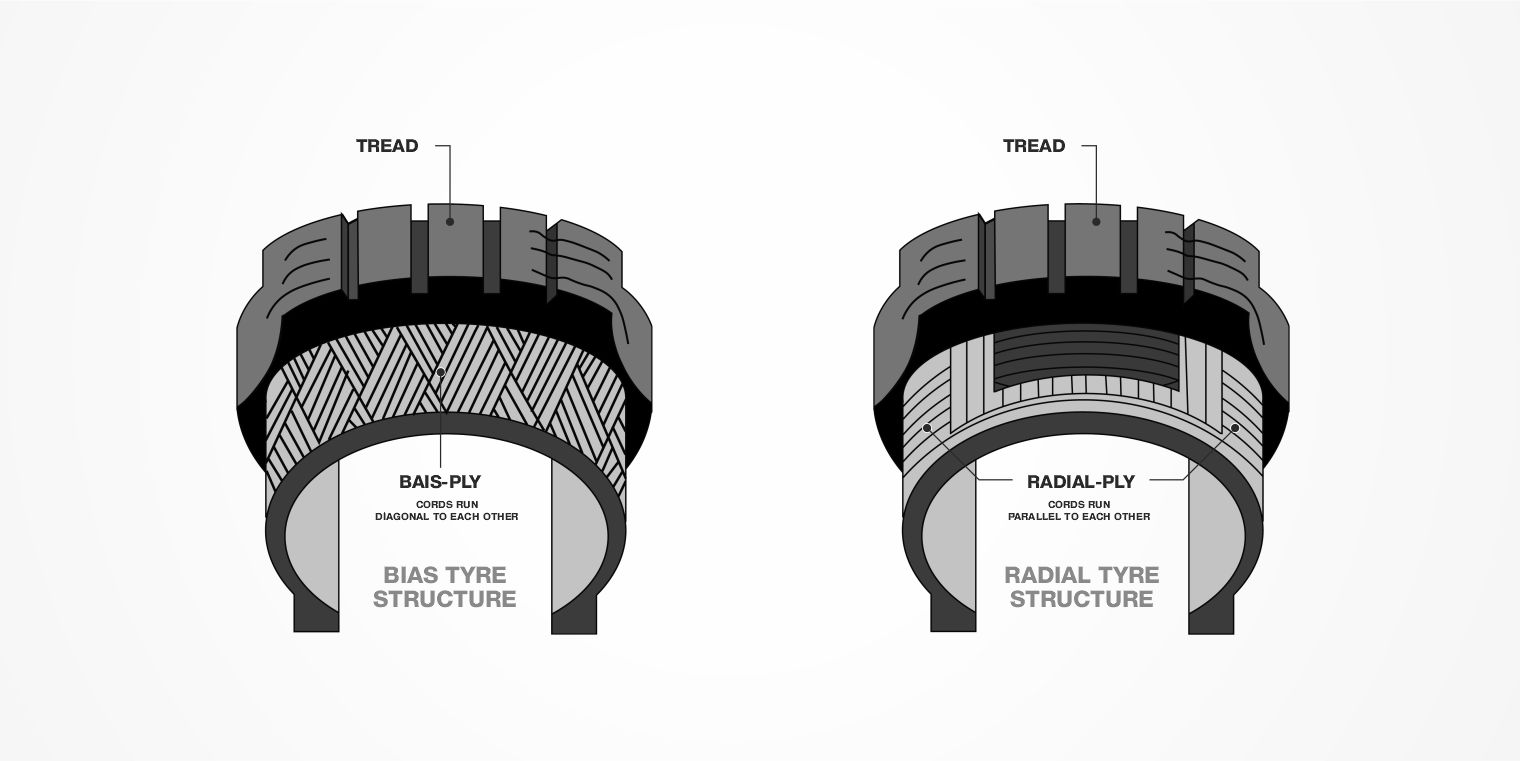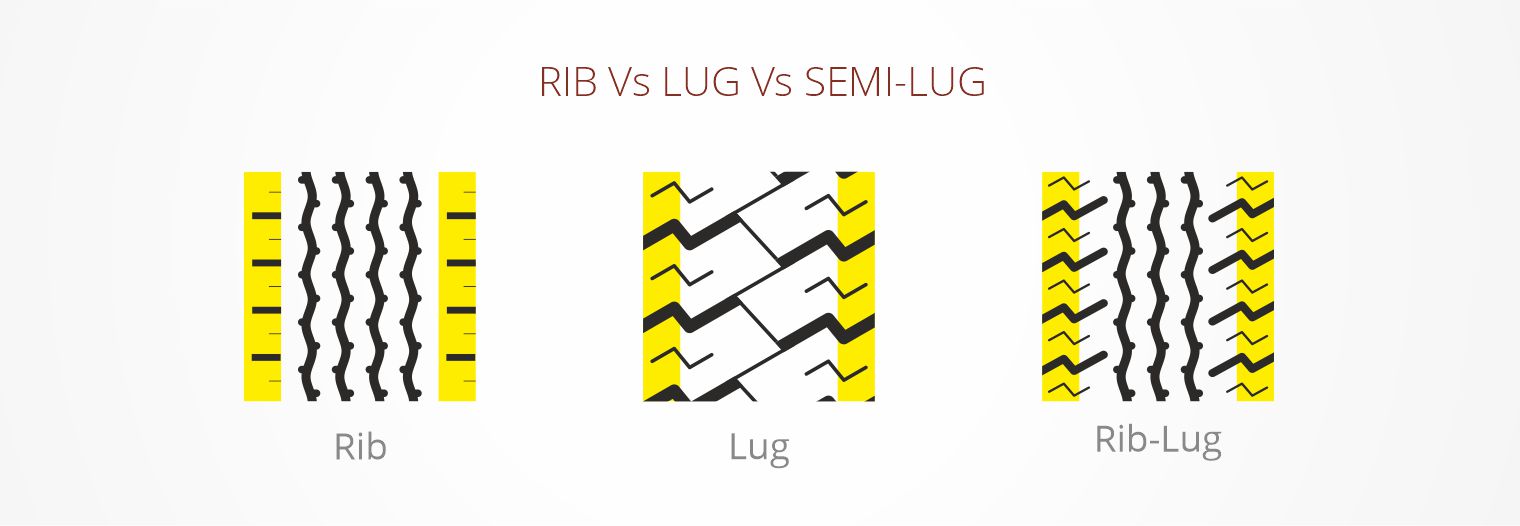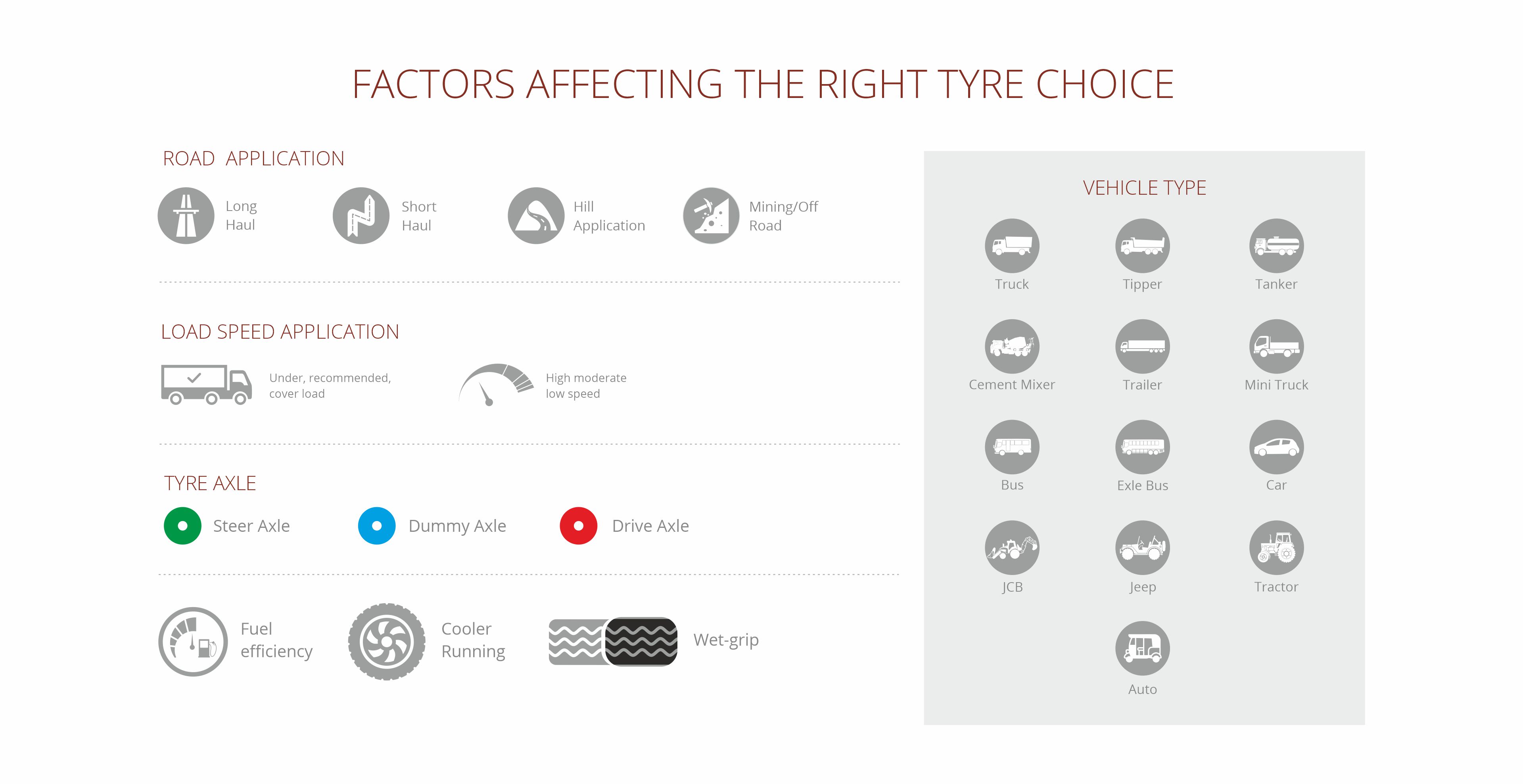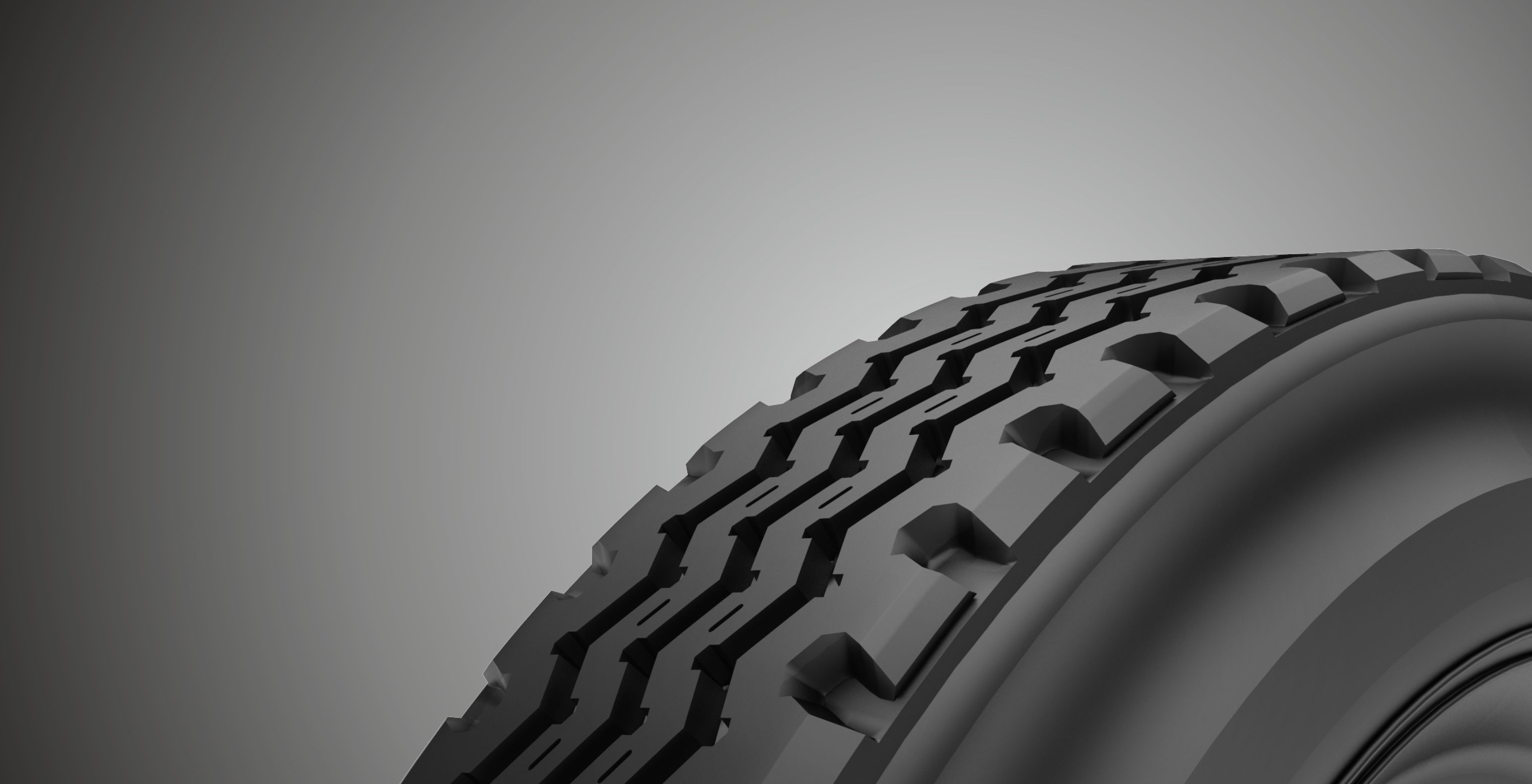WHY SHOULD YOU CHOOSE RETREADING?
A.) Retreading is environment friendly

Retreading saves 15 gallons of oil on every tyre.

Retreading means lesser carbon footprints.

Retreading reduces landfills of used casings.
While manufacturing a new truck/ bus tyre, 22 gallons of oil is consumed. On the other hand, retreading consumes only 7 gallons, leading to a saving of 15 gallons of oil per retreaded tyre.
Retreading also means lesser number of casings and lesser rubber on roads resulting in lesser carbon footprints. We must be mindful of land pollution caused by landfills full of scrap casings. One way to reduce these landfills is to minimize the number of scrap casings by reusing them through retreading. So next time when you choose to retread your old tyre, remember the good you are doing to our environment.
B.) Retreading means savings

Retreading costs less than 30% of a new tyre

Retreading gives as good mileage as a new tyre

Retreading can reduce CPKM to 1/3rd of a new tyre
Retreading industry exists on the strong proposition of reducing the new tyres cost significantly. It is imperative to understand that new truck/bus tyres cost a fortune and demand a huge capital requirement, making them a significant part of a fleet’s operational cost.
If you ask yourself a question – Isn’t there a solution to this hardship? The answer is Yes, and we call it retreading. Retreading costs only a fraction of the new tyre cost (as low as 30%) and reduces the new tyre expenses significantly, improving the margins of fleet owners.
Retreaded tyre is as good as a new tyre- It is a scientifically proven fact. If you wish to search sources backing this claim, you may visit TRIB, an American organization renowned for its unparalleled contribution in educating the world about retreading and its benefits.
Often the conversation about retreading leads directly to the comparison of its performance against new tyres. It is questioned over and again if a retreaded tyre can compete against a new tyre. It is well established that retreaded tyres perform as good as new tyres. Once a tyre is retreaded, it is just like any new tyre.
Retreading has been the buzz of the town for its powerful proposition of minimizing the tyre Cost-per-Km (CPKM) by a large factor. CPKM, the embodiment of fuel efficiency, is an equally important parameter for tyres among the fleet owners. Tyres constitute the second largest cost component after fuel in operating a fleet.
Retreading adds another life to the new tyre at a mere proportion of its cost. It reduces the net tyre CPKM significantly; the tyre CPKM of the retreaded life is as low as 30% of the first life.








